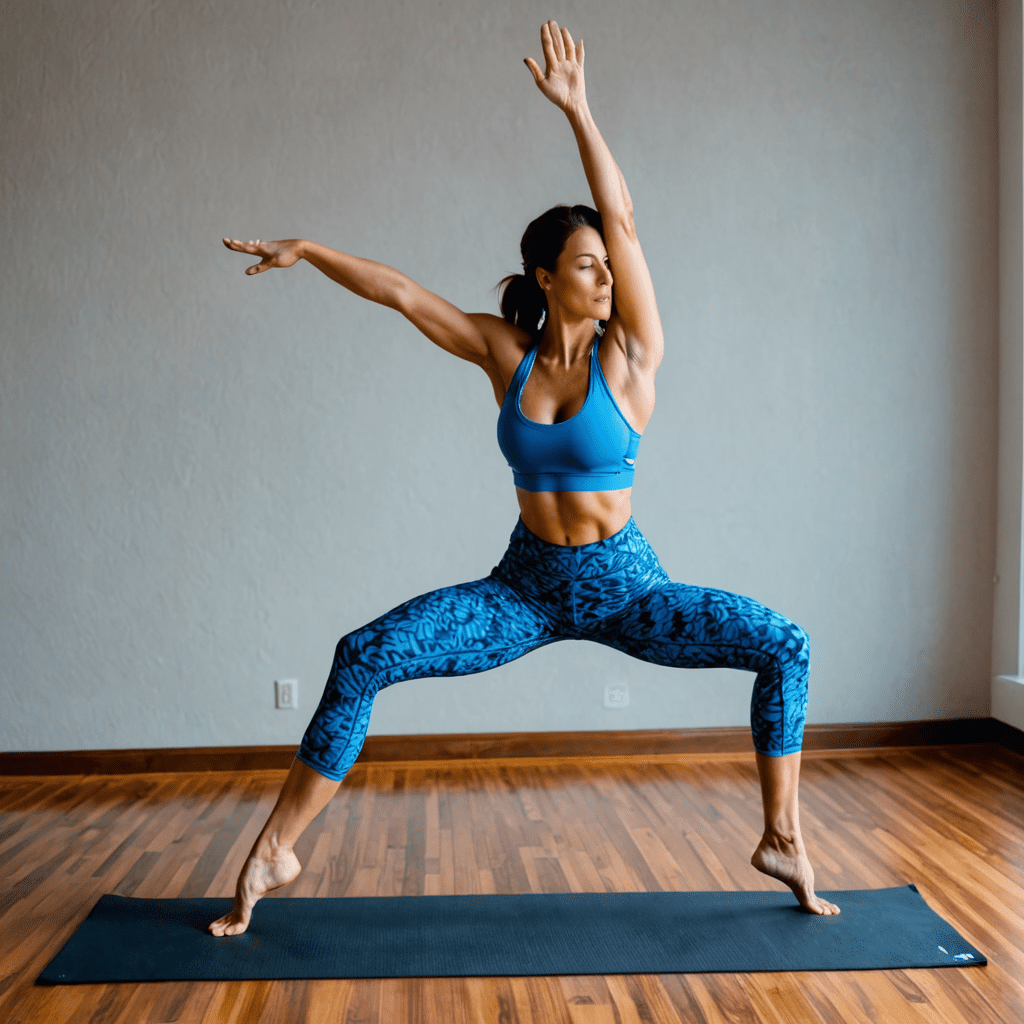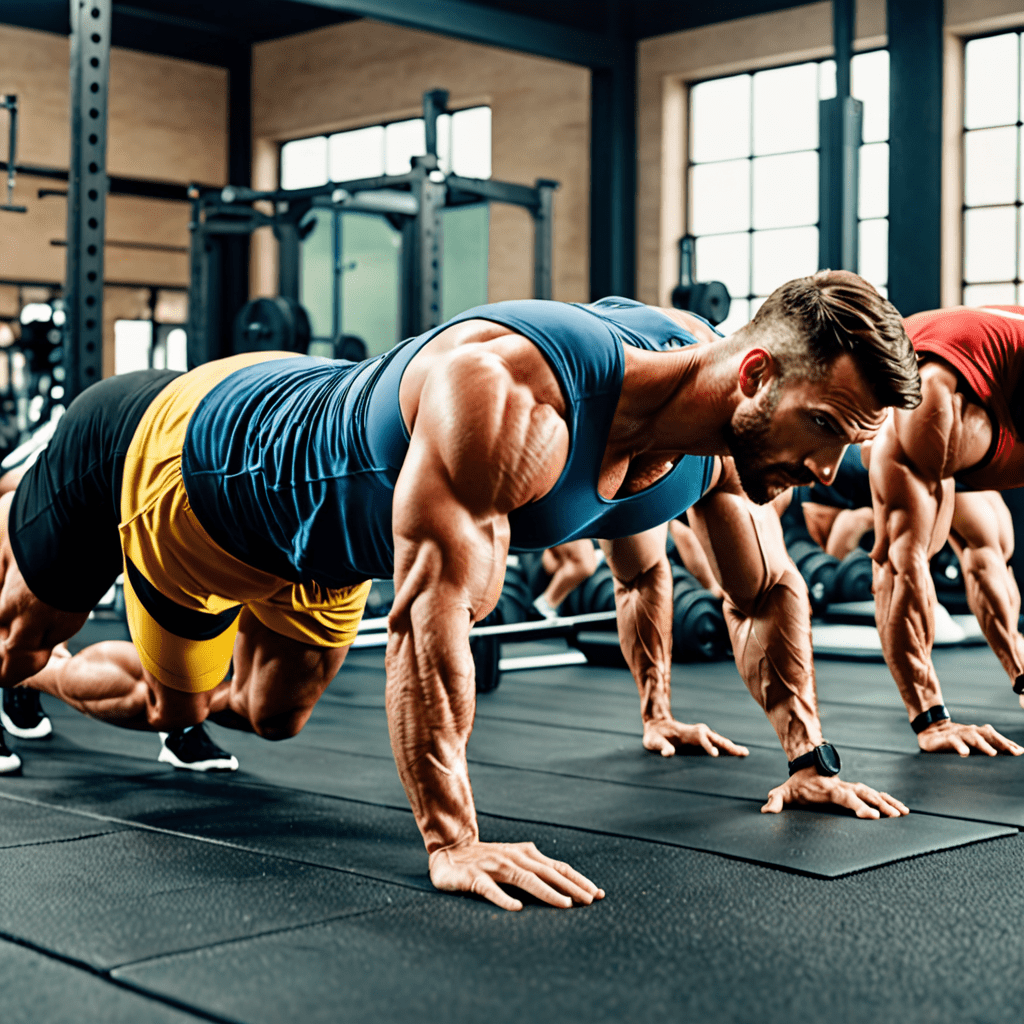
Yoga for Beginners: Incorporating Yoga into a Snowboarding Routine
Introduction
Are you a beginner looking to enhance your snowboarding skills and overall performance on the slopes? Incorporating yoga into your routine can be just the game-changer you need. This article will guide you on how to seamlessly integrate yoga into your snowboarding regimen, helping you improve strength, balance, flexibility, and focus.
Benefits of Yoga for Snowboarding
Yoga offers a myriad of benefits that directly complement the demands of snowboarding. It helps improve core strength, which is crucial for stability and balance on the board. Additionally, yoga enhances flexibility, allowing you to maneuver more fluidly while snowboarding. Breathing techniques practiced in yoga can also enhance your stamina and focus, vital for long days on the slopes.
Yoga Poses for Snowboarding
1. Warrior Poses (I, II, III): These poses help strengthen your legs, core, and arms, improving overall balance and stability.
2. Chair Pose: Enhances leg strength and engages the core, mimicking the flexed position often required in snowboarding.
3. Downward Dog: Stretches the hamstrings and calves, promoting flexibility crucial for various snowboarding stances.
Creating a Yoga Routine
Integrating yoga into your snowboarding routine doesn’t have to be complicated. Start with short sessions, incorporating a mix of poses focusing on strength, flexibility, and balance. Gradually increase the duration and intensity as you build your practice. Aim for consistency to experience the full benefits of yoga for snowboarding.
Warm-Up and Cool Down
Prior to hitting the slopes, consider incorporating a brief yoga sequence as a warm-up. This can help prepare your body for the physical demands of snowboarding. Similarly, ending your day with yoga poses can aid in recovery, reducing muscle soreness and enhancing flexibility for your next session.
Mindfulness and Focus
Yoga isn’t just about the physical aspects; it also cultivates mental strength and focus. Practicing mindfulness through yoga can help you stay present and focused while snowboarding, enhancing your overall performance and enjoyment on the mountain.
Final Thoughts
In conclusion, integrating yoga into your snowboarding routine can elevate your performance, reduce the risk of injuries, and enhance your overall experience on the slopes. Whether you’re a beginner or seasoned rider, incorporating yoga poses and principles can be a valuable addition to your snowboarding regimen. Start small, stay consistent, and reap the benefits both on and off the mountain.
Frequently Asked Questions About Yoga for Beginners: Incorporating Yoga into a Snowboarding Routine
What are the benefits of incorporating yoga into a snowboarding routine?
Practicing yoga can improve flexibility, balance, and core strength, which are vital for snowboarding. It can also help prevent injuries and enhance overall performance on the slopes.
Can beginners with no prior yoga experience start incorporating yoga into their snowboarding routine?
Yes, beginners can start incorporating yoga into their snowboarding routine. Starting with beginner-friendly poses and gradually progressing can help build strength, flexibility, and balance over time.
How often should one practice yoga when incorporating it into a snowboarding routine?
Consistency is key. Aim to practice yoga at least a few times a week to see improvements in your snowboarding performance. Even short sessions can be beneficial when done regularly.
Are there specific yoga poses that are particularly beneficial for snowboarders?
Yes, poses like Warrior I and II, Half Moon Pose, Chair Pose, and Downward-Facing Dog can be especially beneficial for snowboarders. These poses help strengthen the legs, core, and improve balance.
Is it important to warm up before practicing yoga for snowboarding?
Yes, warming up before practicing yoga is crucial. A short cardio session or dynamic stretches can help prepare your muscles for the yoga practice, ensuring better


